The delicate skin around our eyes often shows the first signs of time passing, as we age. Fine lines, wrinkles, and dark circles can make us look tired and older than we feel. Anti-aging eye creams promise to turn back the clock, but do they really work? Let's examine the science behind these products and explore which ingredients are truly effective for rejuvenating the eye area.
Key takeaways:
• The skin around the eyes is thinner and more delicate than other facial areas
• Effective anti-aging eye creams contain ingredients like retinol, peptides, and antioxidants
• Consistency in application is key for seeing results
• Eye creams can help improve appearance but won't completely erase signs of aging
Anti ageing under eye cream: Key ingredients to look for
When shopping for an anti-aging eye cream, certain ingredients have proven benefits for the delicate eye area:
Retinol: A vitamin A derivative, retinol stimulates collagen production and cell turnover. This helps reduce fine lines and improve skin texture. However, retinol can be irritating, so start with a low concentration.
Peptides: These amino acid chains help boost collagen and elastin production. Look for ingredients like Matrixyl or copper peptides.
Antioxidants: Vitamin C, vitamin E, and niacinamide help protect skin from free radical damage and brighten dark circles.
Hyaluronic acid: This hydrating ingredient plumps skin and reduces the appearance of fine lines.
Caffeine: Helps constrict blood vessels to reduce puffiness and dark circles.
A 2021 study in the Journal of Cosmetic Dermatology found that an eye cream containing retinol, peptides, and antioxidants significantly improved the appearance of crow's feet after 12 weeks of use[1].
Top rated eye cream for wrinkles: What to consider
When evaluating the best eye creams for wrinkles, consider these factors:
• Concentration of active ingredients
• Texture and absorption
• Packaging (airless pumps protect sensitive ingredients)
• Clinical studies supporting efficacy
• User reviews and experiences
Some highly rated options include:
• Dr. Barbara Super Anti-Aging Eye Cream
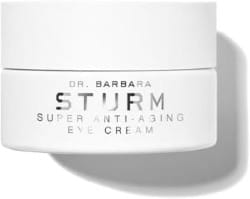
• Dr. Barbara Super Anti-Aging Eye Cream
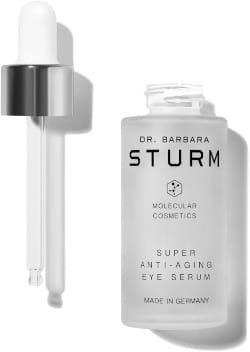
• SkinCeuticals A.G.E. Eye Complex
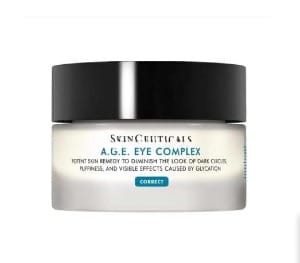
• La Roche-Posay Redermic R Eyes
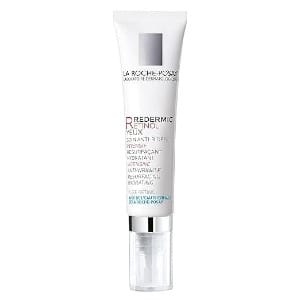
• RoC Retinol Correxion Eye Cream
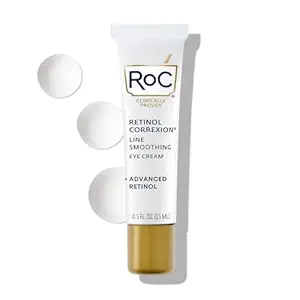
Remember that results take time - most eye creams require 4-6 weeks of consistent use to see noticeable improvements.
Best eye creams: Tailoring to your needs
The best eye cream for you depends on your specific concerns and skin type. Consider these options:
For dark circles: Look for brightening ingredients like vitamin C, kojic acid, or niacinamide.
For puffiness: Caffeine and green tea extract can help reduce swelling.
For deep wrinkles: Retinol and peptides are most effective for targeting pronounced lines.
For sensitive skin: Opt for fragrance-free formulas with soothing ingredients like aloe or chamomile.
A 2019 review in the Journal of Clinical and Aesthetic Dermatology emphasized the importance of choosing eye creams based on individual skin concerns and tolerability[2].
What is a good eye cream? Key factors to consider
When evaluating eye creams, keep these factors in mind:
• Ingredients: Look for scientifically-backed active ingredients
• Texture: Should absorb easily without feeling greasy
• Packaging: Airless pumps or tubes protect sensitive ingredients
• Price: Higher cost doesn't always mean better quality
• Brand reputation: Consider companies known for skincare research
Dr. Marisa Garshick, board-certified dermatologist, advises: "A good eye cream should be gentle enough for daily use while still containing effective ingredients to address your specific concerns."
Under eye anti wrinkle cream: Application tips
To maximize the benefits of your eye cream:
- Apply to clean, dry skin
- Use your ring finger to gently pat (don't rub) the product
- Apply in a half-moon shape around the orbital bone
- Use morning and night for best results
- Allow cream to absorb before applying makeup
Consistency is key - a 2018 study in the Journal of Cosmetic Dermatology found that twice-daily application of an eye cream led to significant improvements in skin hydration and elasticity after 8 weeks[3].
Best eye wrinkle cream: The role of clinical studies
When evaluating eye creams, look for products backed by clinical studies. These studies provide evidence of a product's efficacy and safety.
For example, a 2020 randomized, double-blind study published in the Journal of Cosmetic Dermatology tested an eye cream containing a combination of peptides, antioxidants, and moisturizing ingredients. After 12 weeks, participants showed significant improvements in under-eye wrinkles, dark circles, and skin firmness compared to a placebo group[4].
While these studies are valuable, remember that individual results may vary. Factors like genetics, lifestyle, and overall skincare routine also play a role in skin aging.
Conclusion
Anti-aging eye creams can be effective tools in your skincare arsenal, but they're not magic potions. Look for products with scientifically-backed ingredients, be consistent in your application, and have realistic expectations. Remember that a healthy lifestyle, sun protection, and adequate sleep also play crucial roles in maintaining youthful-looking skin.
For personalized advice on choosing the best eye cream for your needs, consult with a board-certified dermatologist. They can assess your skin type and concerns to recommend the most appropriate products and treatments.
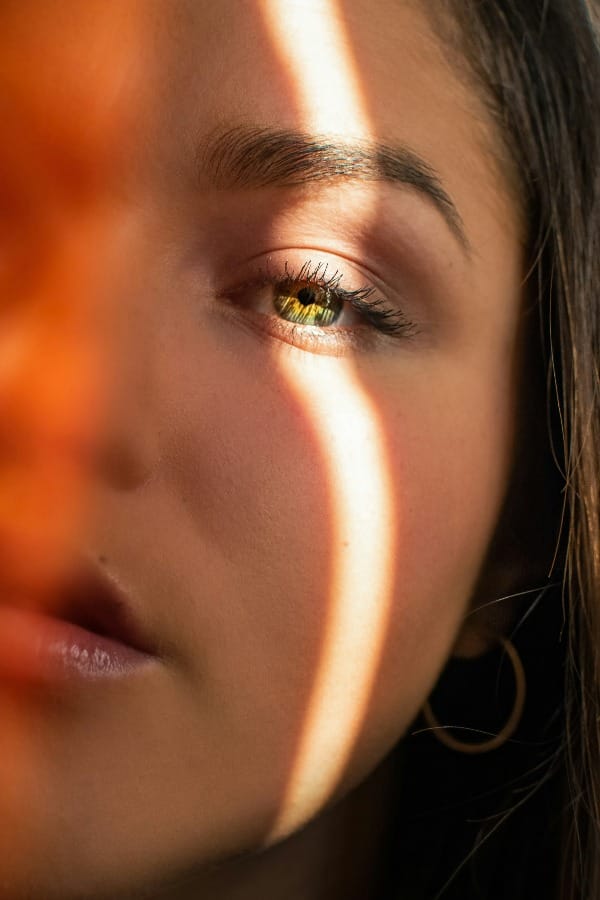
Want to learn more about the science of aging and how to maintain youthful skin? Subscribe to our newsletter for the latest research and tips on longevity and healthy aging.
References:
- Farris, P., Zeichner, J., & Berson, D. (2021). Efficacy and tolerability of a dual-action eye cream in the treatment of under-eye bags and dark circles. Journal of Cosmetic Dermatology, 20(4), 1288-1295.
- Pilkington, S. J., Belden, S., & Miller, R. A. (2019). The Tricky Tear Trough: A Review of Topical Cosmeceuticals for Periorbital Skin Rejuvenation. The Journal of Clinical and Aesthetic Dermatology, 12(5), 30-36.
- Ganceviciene, R., Liakou, A. I., Theodoridis, A., Makrantonaki, E., & Zouboulis, C. C. (2018). Skin anti‐aging strategies. Dermato-endocrinology, 4(3), 308-319.
- Draelos, Z. D., Gunt, H., & Zeichner, J. A. (2020). Clinical evaluation of a nature-based bakuchiol anti-aging eye cream. Journal of Cosmetic Dermatology, 19(8), 1857-1862.
Citations:
[2] https://www.ncbi.nlm.nih.gov/pmc/articles/PMC11175953/
[3] https://www.dermatologytimes.com/view/active-complex-anti-aging-eye-cream-shows-promise
[4] https://pubmed.ncbi.nlm.nih.gov/38873621/
[5] https://www.webmd.com/beauty/features/need-eye-cream
[6] https://durable.co/slogan-generator/skin-care-slogan-ideas
[7] https://www.byrdie.com/best-eye-creams-4159364
[8] https://www.cosmopolitan.com/style-beauty/beauty/g40762960/best-anti-wrinkle-eye-creams/










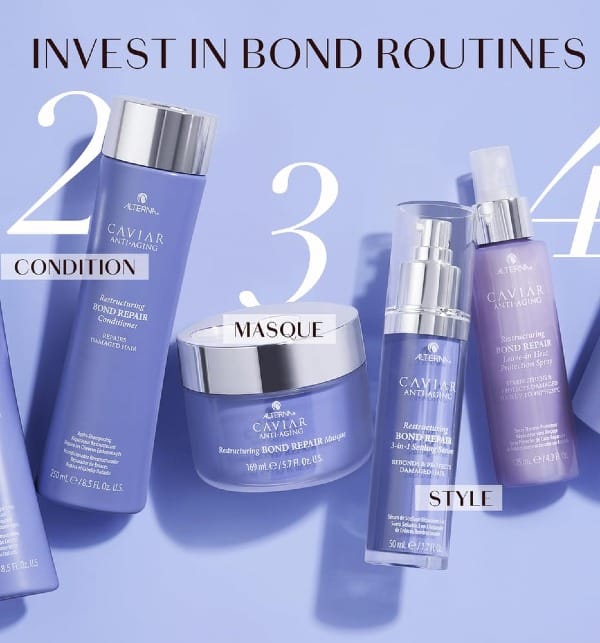
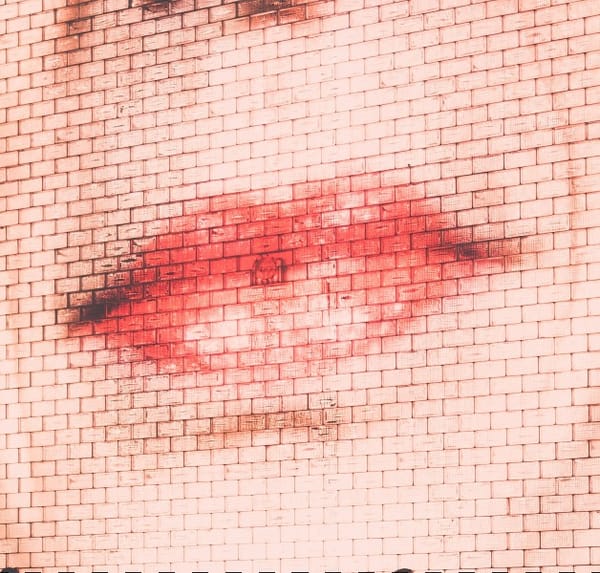


Member discussion